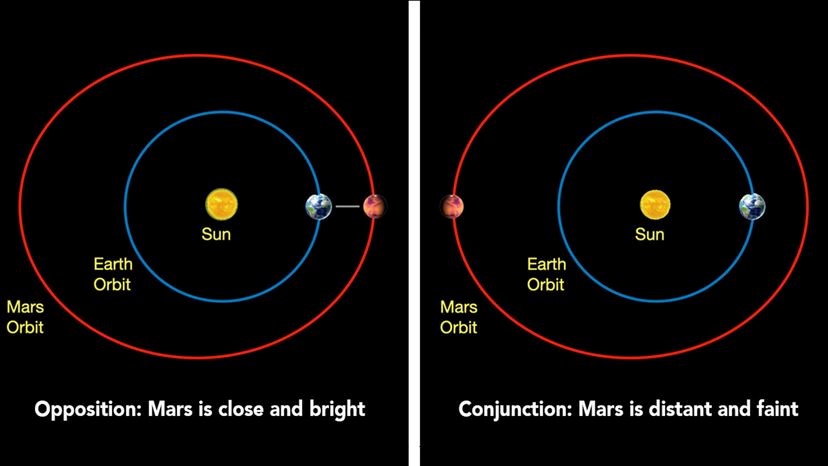Free Courses Sale ends Soon, Get It Now


Free Courses Sale ends Soon, Get It Now



Disclaimer: Copyright infringement not intended.
Context
NASA has stopped sending commands to its fleet of robotic probes on or orbiting the red planet because the Sun is in between Earth and Mars.
Details
Mission Operations during Conjunction
About the conjunction
Causes and Duration:
Effects:
Impact on Missions:
Importance:
Conclusion
Mars solar conjunction represents a significant challenge for interplanetary missions due to communication disruptions caused by the Sun's interference. Space agencies prepare in advance for this event, taking precautionary measures to safeguard spacecraft and adjusting operational strategies to mitigate the impact. Understanding and managing these challenges contribute to the advancement of space exploration and our knowledge of the solar system.
|
PRACTICE QUESTION Q. Discuss the significance of Mars solar conjunction in the context of interplanetary missions. How does this celestial event impact communication between Earth and Mars-based spacecraft? Explain the measures taken by space agencies to mitigate the challenges posed by Mars solar conjunction. (250 Words) |
© 2024 iasgyan. All right reserved